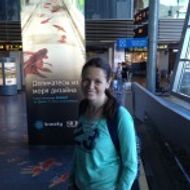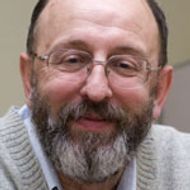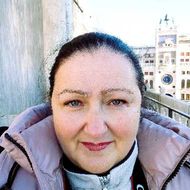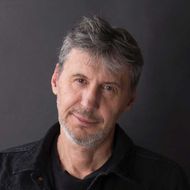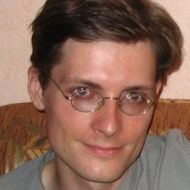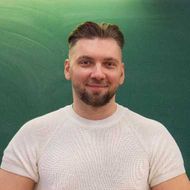- A
- A
- A
- АБB
- АБB
- АБB
- А
- А
- А
- А
- А
- Национальный исследовательский университет «Высшая школа экономики»
- Факультет математики
- Мероприятия
- Семинар по математической физике: М. Минеев
-
Факультет
-
Образование
- Образование
- Бакалаврские программы
- Магистерские программы
- Аспирантура
- Программа Math in Moscow
- Программы для учителей и школьников
- Майнор «Математические структуры»
- Календарь школ
-
Подразделения
- Базовые кафедры
-
Научные подразделения
-
- Международная лаборатория теории представлений и математической физики ВШЭ
- Международная лаборатория кластерной геометрии
- Лаборатория алгебраической геометрии и ее приложений
- Международная лаборатория зеркальной симметрии и автоморфных форм
- Научно-учебная лаборатория сложных сетей, гиперграфов и их приложений
- Лаборатория математического образования
-
-
In Memoriam
- Мы помним
-
Виртуальная доска объявлений
Адрес: 119048, Москва,
ул. Усачёва, 6
тел. (495) 916-89-05
тел. (495) 772-95-90 *12725
E-mail: math@hse.ru
Учебный офис:
mathstudyoffice@hse.ru
тел. (495) 624-26-16
тел. (495) 772-95-90 *12713
Telegram каналы:
Канал Студсовета Матфака - @mathhse_council
Канал Деканата - @mathhse_news
Канал Учебного офиса ФМ - @mathhse_study
Канал Матфак внеучебка - @mathhse
ДПО факультета математики:
dpo-math@hse.ru
Проект «Математическая вертикаль»:
math.vertical@hse.ru
ЛМШ факультета математики - Летняя школа для школьников:
math.vertical.school@hse.ru
Редакторы сайта факультета:

Семинар по математической физике: М. Минеев
в среду 18 октября в 17-30 в аудитории 110 факультета математики ВШЭ состоится заседание совместного семинара по Математической физике НИУ ВШЭ и Центра перспективных исследований Сколтеха.
Докладчик:
Марк Минеев
(Унив. Рио-Гранде-до-Норте, Бразилия)
Тема:
Стохастический лапласовский рост
Abstract :
A point source on a plane constantly emits particles which rapidly diffuse and then stick to a growing cluster. The growth probability of a cluster is presented as a sum over all possible scenarios leading to the same final shape. The classical point for the action, defined as a minus logarithm of the growth probability, describes the most probable scenario and reproduces the integrable Laplacian growth equation, which embraces numerous fundamental nonlinear free boundary dynamics in non-equilibrium physics. Strikingly, the entropy for non-classical scenarios is shown to be linearly proportional to the electrostatic energies of Coulomb interaction of charged liquid, uniformly occupying the grown domain, with itself (minus a non-significant integral). Hence the growth probability of the presented non-equilibrium process obeys the Gibbs-Boltzmann statistics, which is known to be inapplicable far from equilibrium. The domain growth probability is expressed as a product of simple factors in an auxiliary complex plane after a properly chosen conformal map.
Based on these result, I will develop the statistical mechanics for a stochastic Laplacian growth. If time permits, I will also outline the program of dynamical pattern selection in Laplacian growth and share the plan of obtaining the fractal spectrum of grown clusters in the long time asymptotics
- О ВЫШКЕ
- Цифры и факты
- Руководство и структура
- Устойчивое развитие в НИУ ВШЭ
- Преподаватели и сотрудники
- Корпуса и общежития
- Закупки
- Обращения граждан в НИУ ВШЭ
- Фонд целевого капитала
- Противодействие коррупции
- Сведения о доходах, расходах, об имуществе и обязательствах имущественного характера
- Сведения об образовательной организации
- Людям с ограниченными возможностями здоровья
- Единая платежная страница
- Работа в Вышке
- ОБРАЗОВАНИЕ
- Лицей
- Довузовская подготовка
- Олимпиады
- Прием в бакалавриат
- Вышка+
- Прием в магистратуру
- Аспирантура
- Дополнительное образование
- Центр развития карьеры
- Бизнес-инкубатор ВШЭ
- Образовательные партнерства
- Обратная связь и взаимодействие с получателями услуг
-
http://www.minobrnauki.gov.ru/
Министерство науки и высшего образования РФ
-
https://edu.gov.ru/
Министерство просвещения РФ
-
http://www.edu.ru
Федеральный портал «Российское образование»
-
https://elearning.hse.ru/mooc
Массовые открытые онлайн-курсы
- © НИУ ВШЭ 1993–2025 Адреса и контакты Условия использования материалов Политика конфиденциальности Карта сайта
- Редактору
